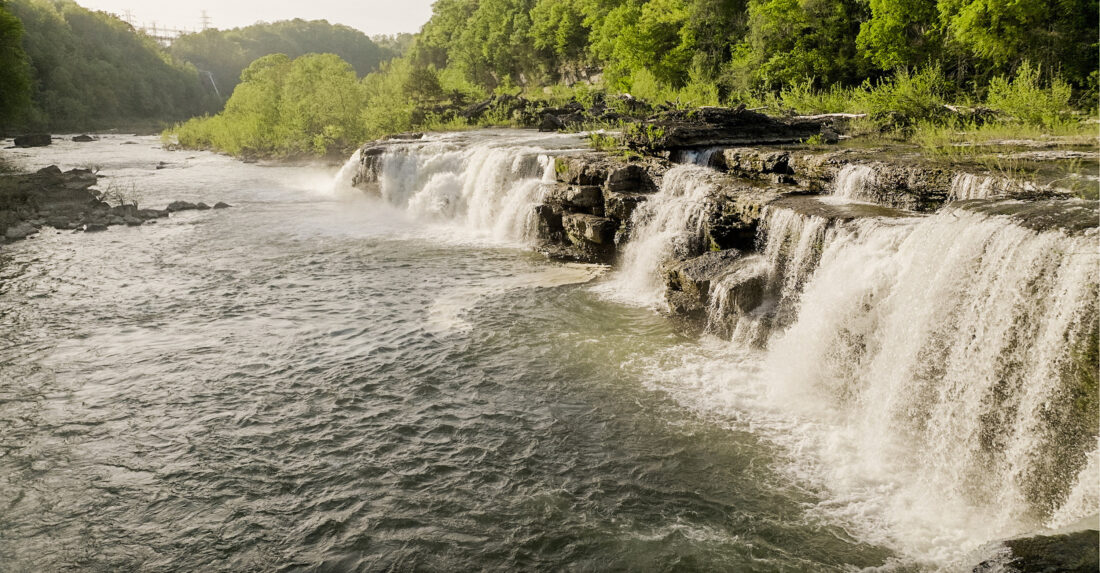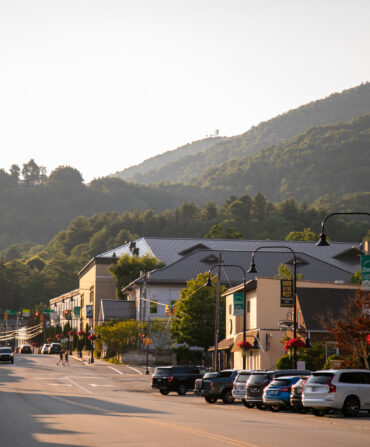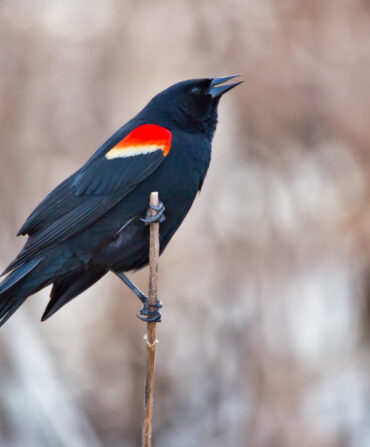The wonders of Great Smoky Mountains National Park, which occupies more than 250,000 acres in East Tennessee, are well documented. But don’t let its star power prevent you from exploring the excellent state park system all around it. Tennessee is one of only eight states to offer free entrance to all of its parks, and that kind of unfettered outdoor access shouldn’t be wasted. Of the state’s fifty-six parks, Rock Island State Park is not the biggest—in fact, the footprint of nearby Fall Creek Falls State Park is nearly twenty times larger—but this 883-acre spread in Middle Tennessee, situated at the confluence of the Caney Fork, Collins, and Rocky rivers on the headwaters of Center Hill Lake, is no less a treasure. Ruggedly beautiful, the landscape feels wild and deceptively remote, though the park is less than two hours from three of the state’s largest cities.

Rock Island was designated a state park in 1969, and just as they have for decades, its winding rivers and waterways continue to draw visitors seeking world-class paddling and fishing as well as riverfront hiking trails, serene swimming holes, and dramatic waterfalls—including Twin Falls, the extraordinary byproduct of damming the Caney Fork River in 1925, and Great Falls, a horseshoe-shaped stunner inside the Caney Fork Gorge. “When we have a lot of rainfall, you can see as many as twenty waterfalls,” says the park’s manager, Damon Graham.
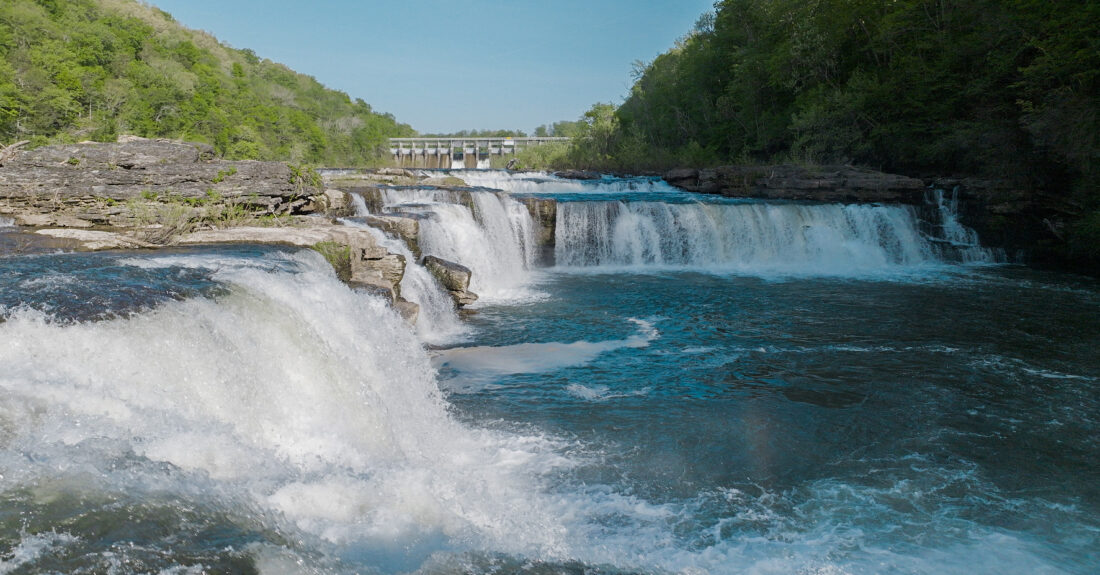
The Caney Fork Gorge, with its sheer limestone cliffs and rushing waters, is the most rugged part of the spellbinding park, and though it’s home to some of Rock Island’s most picturesque vistas and trails, Graham advises extreme caution when you enter it, as the terrain is steep and rocky and often slick. His advice: Know your limits, pack appropriate footwear, wear a life jacket on or around deep water, and always check the TVA water release schedule; access to the gorge depends on whether or not the dam is spilling. And if you can swing it, especially during the summer months, plan your visit for a weekday to avoid seasonal crowds.
“If you’re unsure, stop by the park office,” Graham says. “We’re always happy to let you know the schedule.”
Hike breakdown: At three miles round trip, the Collins River Trail, which winds along the riverbank and is popular with birders and wildflower enthusiasts, is by far the longest of the park’s nine hiking trails. But their relatively short distances do not reflect the degree of difficulty. The half-mile Blue Hole Trail, for example, which leads to the park’s famed walleye fishing hole, is one of the park’s trickiest to traverse, with craggy paths that are often slippery and sometimes host running or standing water. If the dam isn’t spilling and the gorge is open, explore the area via the one-mile Upstream Trail, a moderate out-and-back that connects visitors to notable points of interest within the gorge, including Great Falls as well as the Warm Hole and Cold Hole, a pair of photo-ready plunge pools. (While in the gorge, always be aware of changing water levels and follow park regulations.) For his part, Ranger Graham recommends the Downstream Trail, which departs from the Twin Falls Overlook and follows a steep bluff line to the bottom of the awe-inspiring falls, where even across the river you can feel the power pumping out of those limestone walls—but no matter how tempting, swimming is off-limits here.
Swimming and boating: Come summer, this river-centric park is flush with folks looking to beat the Tennessee heat. Swimming is permitted within certain sections of the park, including Swim Beach, the natural sand-silt beach near the park’s main campground by Center Hill Lake. But it’s the gorge’s deep, clear pools—like the one at the base of Great Falls—that will make you feel like you’re in some remote corner of a tropical rainforest as opposed to the woods of Middle Tennessee. Even in the summer, water temps in parts of the gorge like the Cold Hole top out around 60 degrees. By contrast, the shallow waters of the nearby (and just as creatively named) Warm Hole are heated by the sun but still a welcome respite on a summer day.
Rock Island is a playground for professional kayakers, as high-volume releases from the TVA powerhouse and Great Falls Dam create world-class whitewater conditions along various stretches of the river. They have also made playboating, or freestyle kayaking, a popular activity at Rock Island, drawing internationally renowned paddlers like Erik Jackson, who launched Jackson Kayak here in 2003. In 2006, the park even played host to the U.S. Freestyle Kayaking World Championships. But serious extreme kayaking experience is required to attempt these runs, Graham says. For the average visitor looking to experience the magic of Rock Island on the water, he suggests booking one of the ranger-led canoe, kayak, or rock-hopping trips this summer.
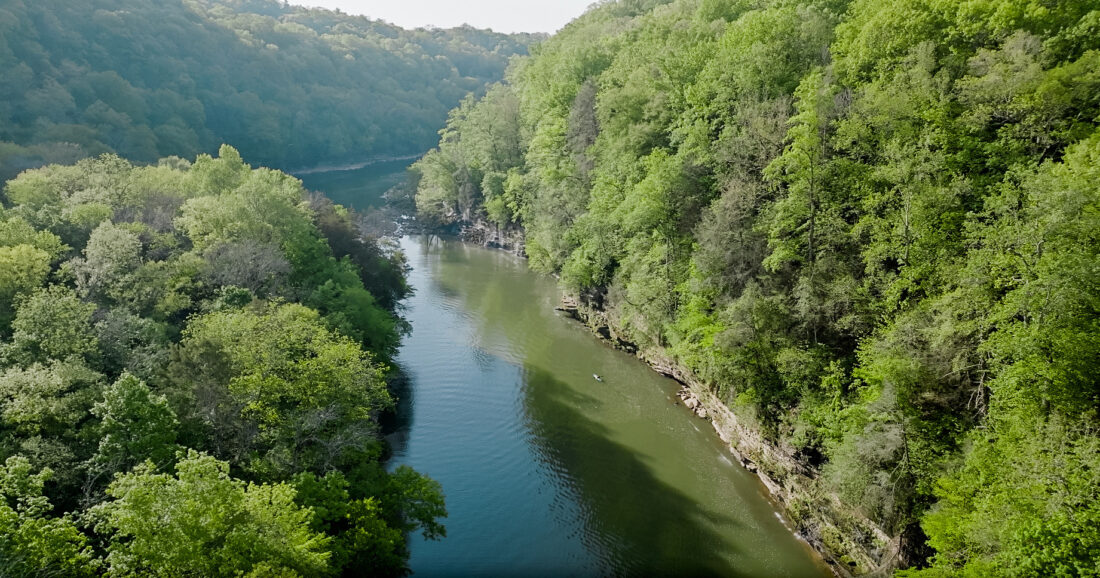
A note from Ranger Graham: Swimming in the gorge can be dangerous due to hidden currents as well as frequent water releases from Great Falls Dam, which can cause water levels to rise swiftly and unexpectedly. It is important to heed park rules and regulations, and you should check the website for the most up-to-date information as well as the water release schedule. Graham offers one more piece of advice: “Off duty, I like a cold beer as much as the next guy,” he says. “But this is a really rugged park and isn’t the place for that, so leave the coolers at home.”
Species to spot: Rock Island is a birder’s paradise, so stow a set of binoculars in your pack, and keep your eyes peeled for the regal, yellow-crowned night herons and majestic great blue herons that nest here in the summer months. “Osprey and bald eagles are common throughout the year,” Graham says. And a host of migratory warblers and songbirds stop over in the spring and fall. The abundance of avian wildlife draws plenty of visitors, but as with the rest of Rock Island, it’s the river that holds the bulk of the park’s allure. Fishing is permitted within the park, for everything from crappie and catfish to the walleye that spawn here in early spring. The famed Blue Hole is a popular spot for both walleye and the more elusive, monster-sized muskie, and can be accessed via the park’s Blue Hole Trail.
What to eat: The Rock Island Market sits just outside the park’s east entrance, and from the car window, it presents like any other rural Tennessee gas station. But petrol isn’t the only fuel this unassuming outpost is pumping out. Inside the market’s small and nearly-always-slammed diner, a dry erase board lists the day’s offerings—country classics like fried chicken and catfish, pulled pork, turnip greens, sliced tomatoes, deviled eggs, biscuits and gravy, and banana pudding for dessert. Open for breakfast, lunch, and dinner (except on Mondays), Rock Island Market is as popular with residents as it is with visiting hikers, paddlers, and anglers. For fancier fare in a warm and woodsy setting, visit the family-run Foglight Foodhouse in tiny Walling, Tennessee, located five minutes from the park. Pro move: Order the stick-to-your ribs Cajun sampler (red beans and rice, étouffée, and jambalaya), and snag a seat on the porch for views of the Caney Fork River below.
Where to stay: Rock Island State Park is less than two hours from Nashville, Knoxville, and Chattanooga, and while a day trip is certainly doable, there’s something about the wild beauty of this Middle Tennessee landscape that calls for camping beneath the wide-open skies. The park’s main campground has fifty well-maintained campsites with power and water, but Ranger Graham recommends the smaller tents-only campground—no cars, generators, or RVs—for a “more remote wilderness experience.” If you like the idea of spending the night in the woods but not the lumpy reality of sleeping on the ground, you can bunk down in one of the park’s ten waterfront cabins. Note: The cabins stay booked up nearly year-round, so plan ahead. Outside the park, places like the Happy Yaker, a trio of quirky, colorful cabins targeting whitewater enthusiasts, have sprung up.
Read about other Southern state parks in our series.


